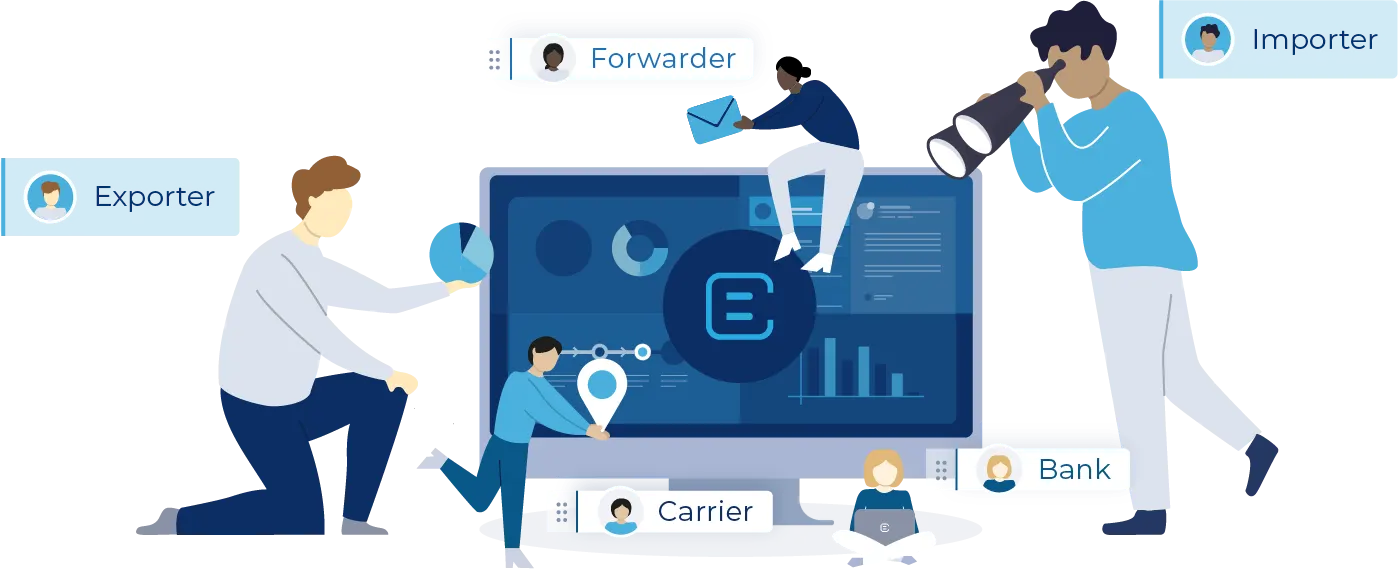Incoterms DAP vs. DDP
When you’re planning an overseas shipment, sellers and buyers need to have a clear understanding of their roles and responsibilities in getting goods from one point to another. Who pays for unloading a shipment? If goods are damaged in transit, who bears the costs? Hence, the need for a standardized set of rules or Incoterms as published by the International Chamber of Commerce (ICC). What are Incoterms DAP and DDP?
Incoterms are official commercial terms published by the International Chamber of Commerce (ICC) in correspondence to the U.N. Convention on Contracts for the International Sales of Goods. These are globally-accepted terms that define the responsibilities of buyers and sellers with contracts for international trade to eliminate confusion.
Incoterms do not deal with prices to be paid, modes of payment, transfer of ownership of goods, breach of contract or product liability. These points must be covered in the sales contract. However, it can influence the shipping cost and product price calculations.
Incoterm rules are implemented by most trading nations but do not override any local laws. There are 11 Incoterm 2020 rules. These are:
- EXW (Ex Works)
- CPT (Carriage Paid To)
- FCA (Free Carrier)
- DAP (Delivered at Place)
- CIP (Carriage and Insurance Paid To)
- DPU (Delivered at Place Unloaded)
- FAS (Free Alongside Ship)
- DDP (Delivered Duty Paid)
- FOB (Free on Board)
- CIF (Cost Insurance and Freight)
- CFR (Cost and Freight)
Two Incoterms that play important roles in differentiating between buyer and seller responsibilities are DDP (Delivered Duty Paid) and DAP (Delivered at Place).
What is DDP?
DDP shipping makes the seller responsible for shipping goods to a named destination and bearing the costs of unloading the shipment and clearing it for imports.
This can be risky for the seller since he bears all the risk and responsibility but may not be fully aware of all import clearance procedures or how to find a good local customs broker. They may also need to deal in a currency other than their own which makes them responsible for currency exchanges and associated risks.
Some countries may also not permit non-resident importers because of which the seller may have additional hurdles to clear. From the buyer’s point of view, DDP shipping increases dependency on sellers.
Costs to be borne by the seller
- Packaging
- Documentation
- Loading
- Freight charges
- Insurance
- Delivery
- Import and export duties
- Local taxes and inspection charges
- Cost of storage in case of delays
Costs to be borne by the buyer
- Cargo unloading
What is DAP?
DAP shipping makes sellers responsible for a shipment only till it reaches a named foreign destination. This destination could be any seaport or airport, any border crossing or the buyer’s premise.
The seller clears the goods for export and bears the costs and responsibility for delivering goods to this destination. From here, the responsibility for unloading the shipment, clearing import customs and if required, taking the shipment to its final destination falls on the buyer.
In some cases, the contract of carriage may specify that the seller is required to unload the goods. The contract must specify who will bear this cost, else, it must be borne by the seller.
Costs to be borne by the seller
- Packaging
- Documentation
- Loading
- Freight charges
- Export approval
- Delivery
Costs to be borne by the buyer
- Cargo unloading
- Import duties
- Customs clearance
- Local taxes
- Detention and demurrage costs in case of delays
Key differences between DDP and DAP
The main difference between DDP and DAP is the point at which risk and responsibility shift from seller to buyer. When it comes to intermodal transportation, DAP is a more flexible term.
With DDP shipping, the seller takes all responsibility for transporting the shipment, unloading it at the port, clearing export and import duties, taxes and security clearances. The buyer’s responsibility is limited to unloading the goods at the final destination.
On the other hand, DAP splits the responsibility between the seller and buyer. The contract names a foreign destination which could be any point on foreign shores. This need not be the final destination for the shipment.
The seller bears the responsibility and costs for clearing export duties and transporting shipments to this point. Unloading the shipment, clearing import customs and taxes and further transportation are part of the buyer’s charter of responsibilities.
Choosing between DDP and DAP
Import clearance procedures vary from country to country and can be complex to understand. Hence, hiring a customs broker in countries other than your own can be confusing and risky. Your potential lack of knowledge could put you at risk of paying higher duty rates and unnecessary charges.
You may also have to bear the cost of exchange rates since import duties and taxes must be paid in the buyer’s currency.
As sellers and exporters, DDP is the riskier choice for sellers and exporters. While it sounds pro-buyer, the increased dependency on sellers and limited visibility may not be a very good idea for them as well.
Given the higher risk, sellers may also raise product prices or charge a higher freight markup. Hence, to balance control over freight movement and optimize costs, DAP is usually the more popular choice for exporters and importers.
Want to discover other Container Shipping challenges and how to solve them?
Download our e-book on The Top 8 Challenges & Solutions in Container Shipping Management

